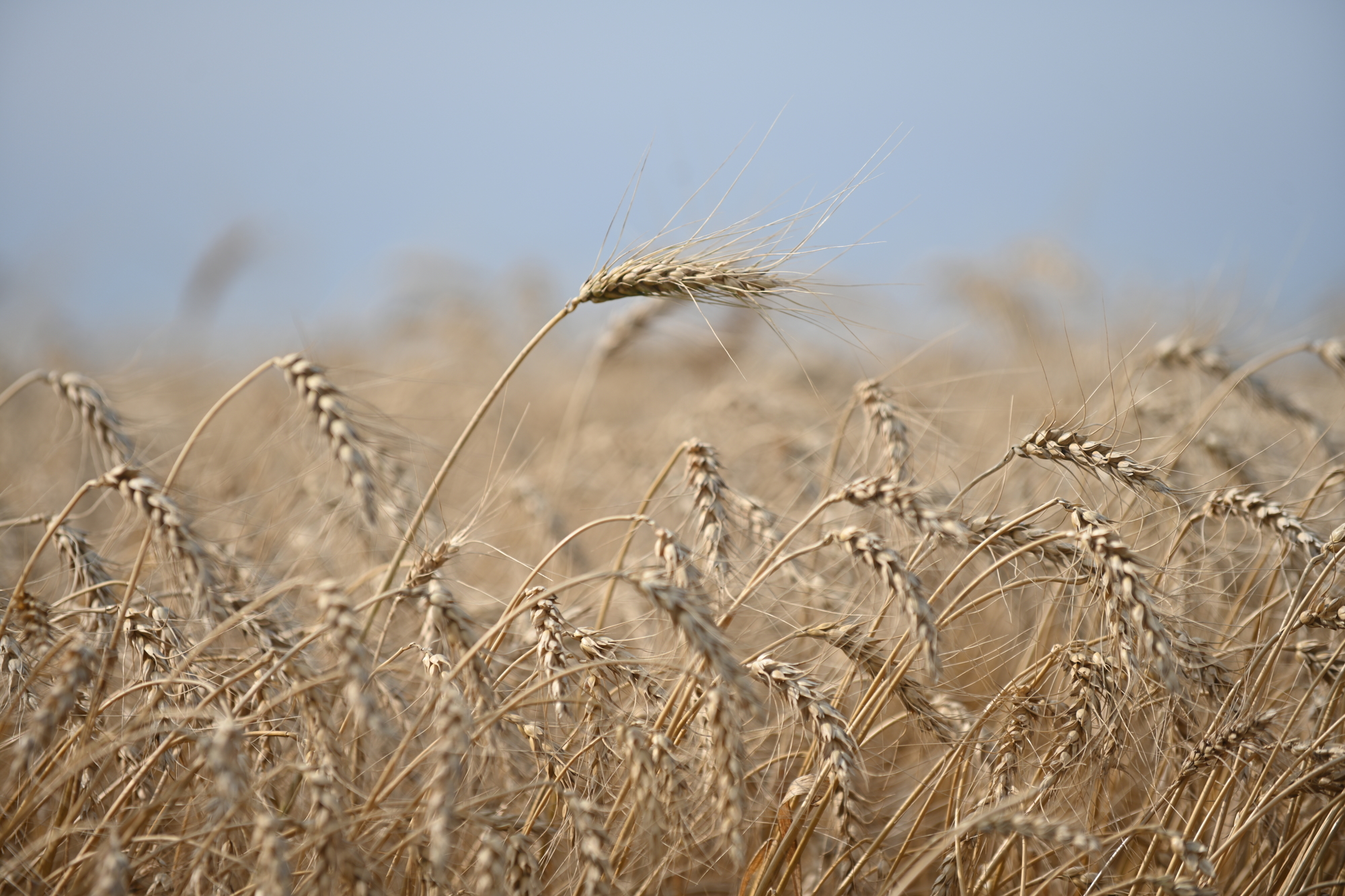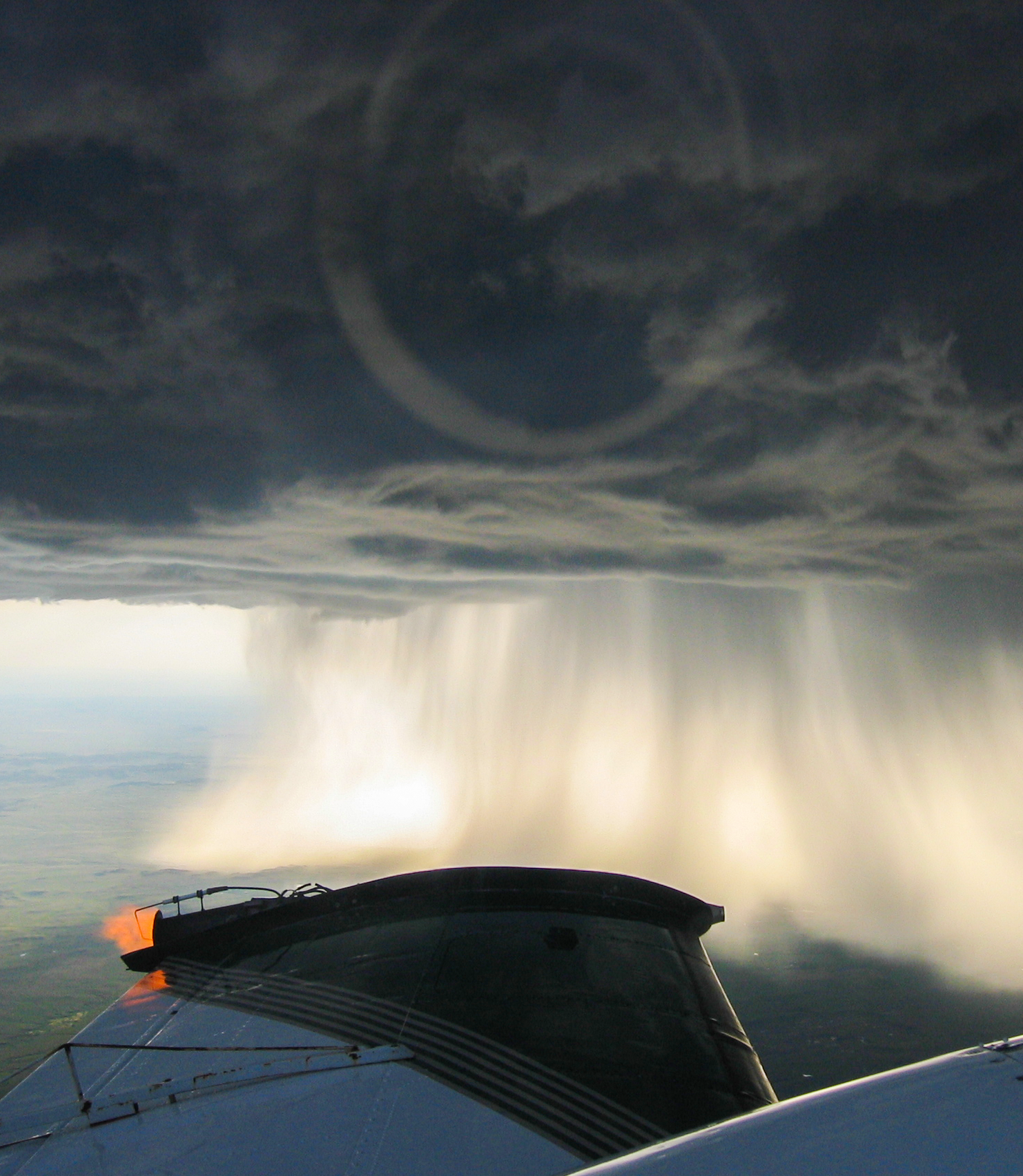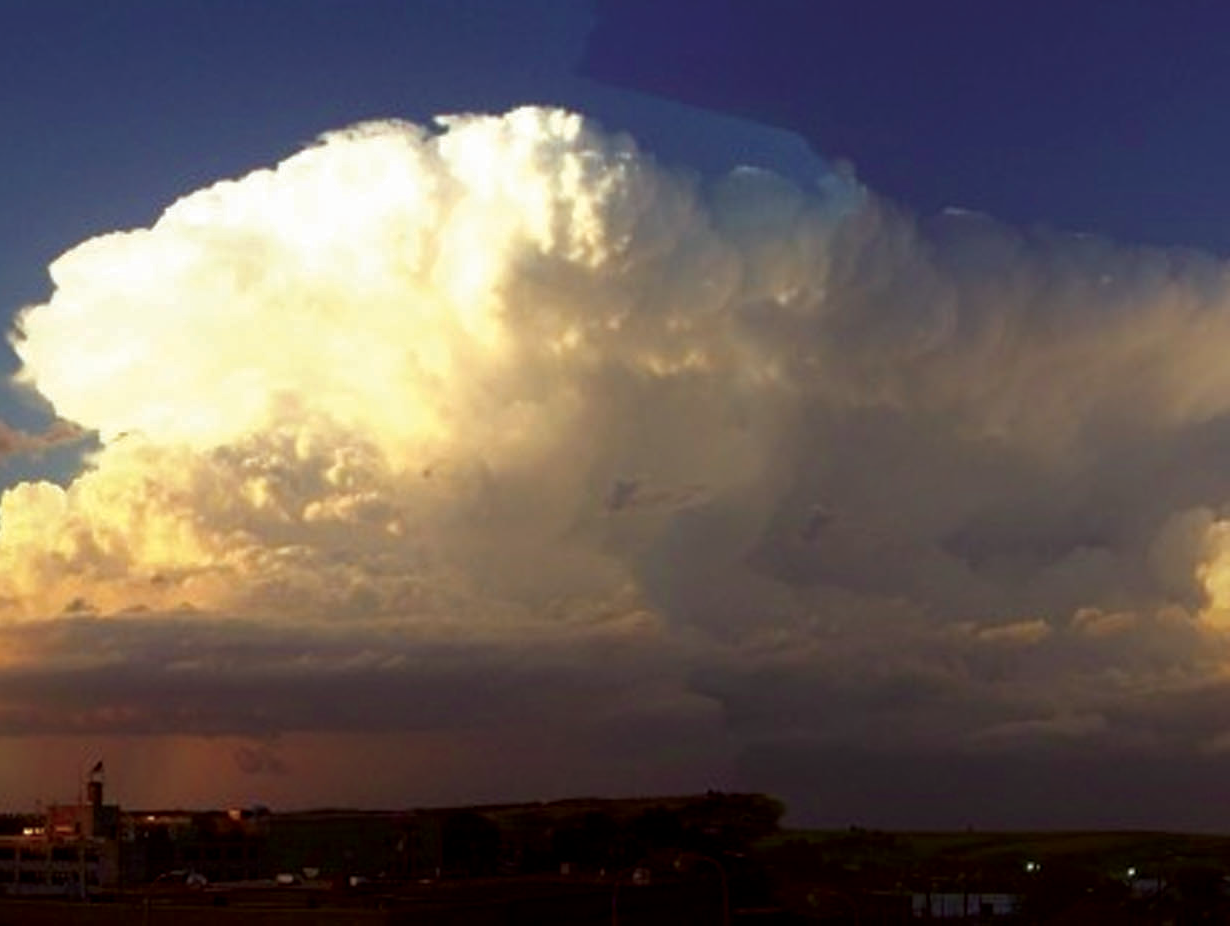Program Evaluations
Since the start of weather modification regulation in 1975, a number of evaluations have been made of the effects of the program. These evaluations have been based on a variety of differing data bases. Among them are: ARBCON rainfall data, National Weather Service (NWS) rainfall data, crop hail insurance data compiled by the National Crop Insurance Service (NCIS), and wheat yield data compiled by North Dakota State University.
Computer-based numerical models have also played an important role. Economic models have provided estimates of the economic benefits of the program, while cloud models have produced increased insights into the complex processes within the clouds that ultimately govern hail and rain production. All of these evaluations have been independent, that is to say, they've been done by agencies and universities unaffiliated with the DWR, allowing the best qualified persons to do the evaluations, improving the chances for an unbiased, solid, scientific approach.
As of this date, all evaluations of the program have shown either positive or neutral results. No suggestions have been found of negative impacts, either within or outside target areas.
Crop Yields and Improved Loss Ratios

Michigan State University Professor Dr. Mark Skidmore and Graduate Student Scott Knowles recently evaluated the North Dakota Cloud Modification Project (NDCMP) and its effects on crop yields. Using 30 years of United State Department of Agriculture (USDA) Risk Management Agency data, their analysis sought to determine if there was any difference in crop yields (wheat and barley) and insurance loss ratios for NDCMP project counties versus surrounding counties not involved in the program.
For the 1989-2018 period, they found that average annual wheat yields in seeded counties were 13 percent higher than wheat yields in non-seeded counties. In the words of the authors, “Our evaluation indicates that the cloud seeding program had significant positive effects on crop yields and improved loss ratios.” A further analysis of economic benefits found a benefit to cost ratio of more than 36 to 1.
If you would like to read this study, you can find it at the website for the American Meteorological Society journal Weather, Climate, and Society.
Crop Hail Evaluation

Economic Impact of Reducing Hail and Enhancing Rainfall in North Dakota

Rainfall Evaluations

Urban Effects

Wheat Yield Study

References

